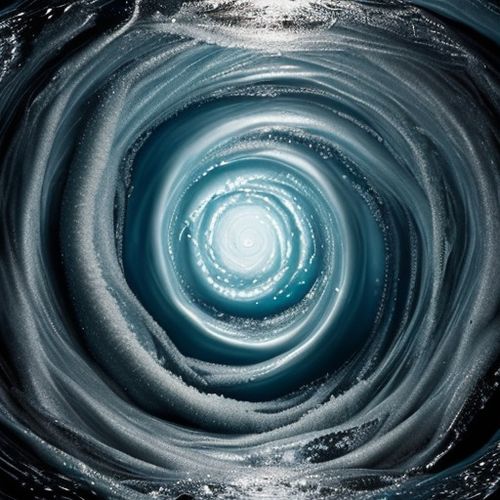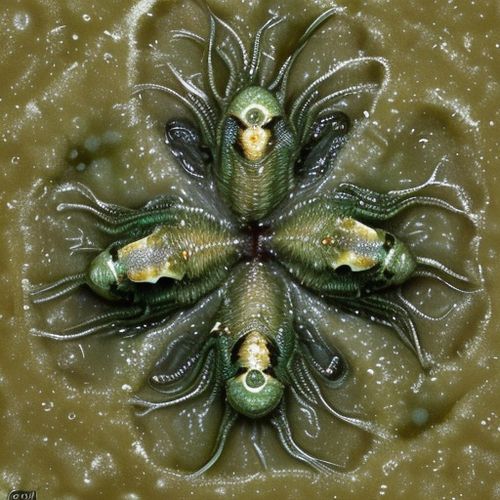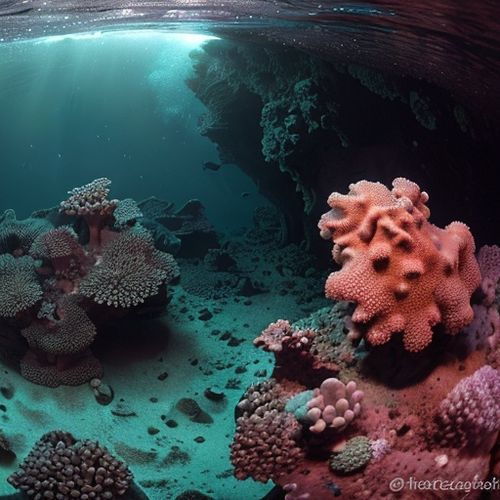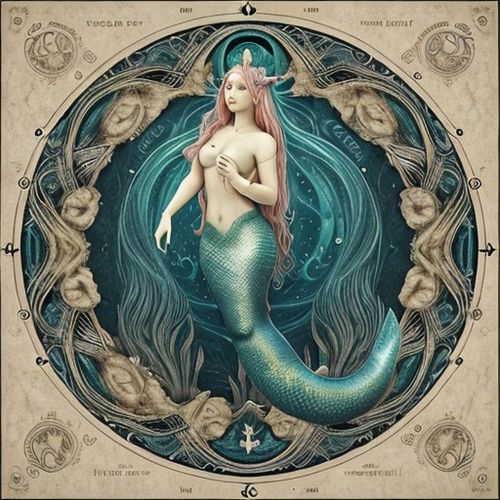The haunting melodies of mermaid songs have captivated human imagination for centuries. From ancient maritime folklore to modern pop culture, the idea that these mythical creatures possess voices capable of enchanting sailors has persisted across cultures. But what might the actual vocal range of a mermaid be, if they existed? Exploring this question takes us through marine biology, acoustics, and a fair bit of speculative fiction.
The Physics of Underwater Sound
Before examining mermaid vocals, we must understand how sound behaves in water. Water is denser than air, causing sound waves to travel nearly four times faster. This environment favors lower frequencies, which propagate farther with less distortion. Many real marine mammals like whales and dolphins communicate using deep, resonant tones that can cross entire ocean basins. If mermaids evolved to sing underwater, their voices would likely favor this lower register for effective communication.
However, the legendary descriptions of mermaid songs often mention ethereal high notes that seem to shimmer above the waves. This presents an interesting acoustic paradox. High-frequency sounds attenuate quickly in water, making them impractical for long-distance underwater communication but perfect for breaching the air-water interface to reach human ears. Perhaps mermaids developed a bimodal vocal range - low tones for aquatic conversations and piercing highs specifically designed to travel into our world.
Biological Considerations of a Mythical Creature
Assuming mermaids possess human-like vocal cords combined with aquatic adaptations, their anatomy might resemble seals or sea lions more than fish. These marine mammals can produce surprising vocal variety despite their environment. A mermaid's larynx could potentially house specialized membranes that vibrate at multiple frequencies simultaneously, allowing chord-like harmonies from a single voice.
The chest cavity and sinus structure would play crucial roles. Large lung capacity would enable sustained notes during deep dives, while hollow, resonant chambers in the skull might amplify specific frequencies. Some legends describe mermaid songs causing vibrations in ship hulls - an effect that would require substantial infrasound components below 20 Hz. Such low frequencies could theoretically induce feelings of unease or trance states in humans, explaining the songs' legendary hypnotic qualities.
Cultural Variations in Siren Song Depictions
Across different seafaring cultures, descriptions of mermaid vocal ranges vary dramatically. Mediterranean traditions often describe piercing, soprano voices that carry over stormy waves, while Scandinavian lore favors deeper, more mournful tones echoing through fjords. Caribbean legends speak of complex polyphonic songs with multiple overlapping rhythms, possibly reflecting the region's rich musical traditions.
These differences may represent more than just imaginative variation. Water temperature and salinity affect sound propagation - colder, saltier waters transmit lower frequencies more efficiently. Perhaps indigenous mermaid populations actually adapted their vocal ranges to local acoustic conditions, creating distinct regional "dialects" of siren songs that optimized their effectiveness in different marine environments.
The Evolutionary Purpose of Complex Vocalizations
In nature, elaborate animal vocalizations typically serve purposes like mating displays, territorial claims, or echolocation. A mermaid's vocal range might fulfill all three functions. Low-frequency components could maintain social networks across miles of ocean, while intricate melodic patterns might convey individual identity or reproductive status. The high-frequency "siren" elements may have originally evolved as a predatory mechanism, literally stunning fish schools for easier hunting before being repurposed to affect human psychology.
Some cryptozoologists speculate that mermaid songs could incorporate ultrasonic components beyond human hearing range. These inaudible frequencies might coordinate complex group behaviors or even manipulate water movement at a microscopic level, explaining legendary accounts of mermaids calming or stirring waves through song. While scientifically dubious, such ideas highlight how much room for speculation exists when blending myth with hypothetical biology.
Modern Echoes of the Legend
Contemporary marine biologists occasionally report unexplained acoustic phenomena that bear eerie resemblance to mermaid lore. The famous "Bloop" sound detected in 1997 by NOAA's hydrophone array exhibited characteristics suggesting an organic origin, though it was eventually attributed to icequakes. More recently, persistent unidentified singing at frequencies around 52 Hz has been tracked moving through Pacific waters, displaying patterns that don't match any known marine animal.
These mysteries keep the romantic notion of mermaid songs alive in scientific circles. Advanced underwater recording technology continues expanding our understanding of marine soundscapes, occasionally capturing vocalizations that push the boundaries of known marine biology. While none prove mermaids exist, they demonstrate that the ocean still holds acoustic surprises that might have inspired ancient sailors' tales.
From Homer's sirens to Disney's Ariel, the concept of aquatic humanoids with mesmerizing voices endures because it resonates with our primal fascination for both music and the sea's mysteries. The hypothetical vocal range of a mermaid - spanning from subsonic rumbles to crystalline high notes - represents not just a biological speculation, but a metaphor for humanity's eternal longing to bridge the divide between our world and the ocean's hidden depths. As we continue exploring Earth's final frontier, who knows what voices might yet emerge from the abyss to inspire new legends?

By James Moore/Apr 29, 2025

By Lily Simpson/Apr 29, 2025

By Emma Thompson/Apr 29, 2025

By Natalie Campbell/Apr 29, 2025

By William Miller/Apr 29, 2025

By Grace Cox/Apr 29, 2025

By James Moore/Apr 29, 2025

By Eric Ward/Apr 29, 2025

By Noah Bell/Apr 29, 2025

By Victoria Gonzalez/Apr 29, 2025

By Natalie Campbell/Apr 29, 2025

By Eric Ward/Apr 29, 2025

By Sarah Davis/Apr 29, 2025

By Emma Thompson/Apr 29, 2025

By Megan Clark/Apr 29, 2025

By Lily Simpson/Apr 29, 2025

By William Miller/Apr 29, 2025

By Rebecca Stewart/Apr 29, 2025

By Rebecca Stewart/Apr 29, 2025